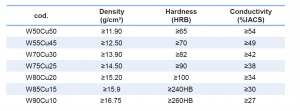PRODUCTS AND TECHNICAL CONSULTING TO CUSTOMER SERVICE
Want to be sure of the product to buy?
COPPER/TUNGSTEN ALLOY SHOP ONLINE
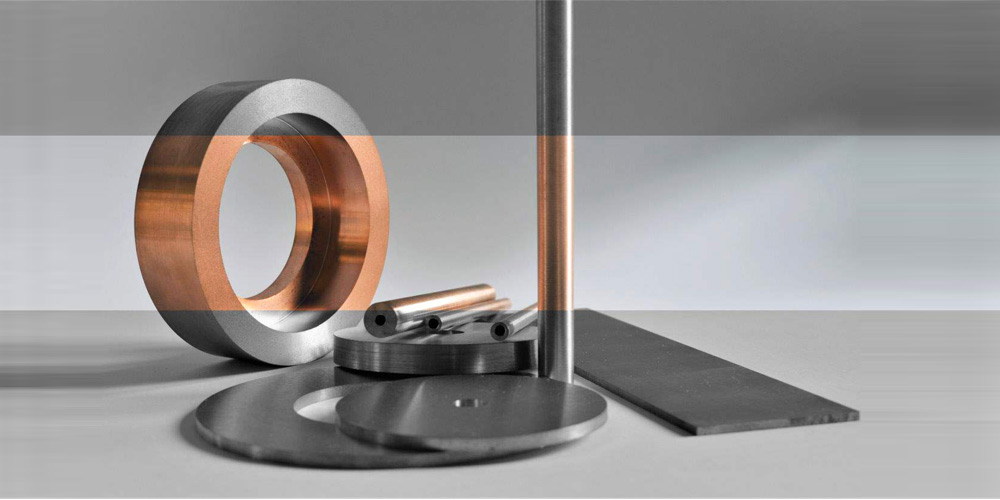
PRODUCT DESCRIPTION
Copper and tungsten alloys produced in sintering, have good conductivity and high resistance to high temperature and high fracturing resistance. Copper and tungsten or simply called W / Cu are widely used in aviation, astronautics, electrical and electronic industries, machinery for EDM, and in the metallurgical sector.
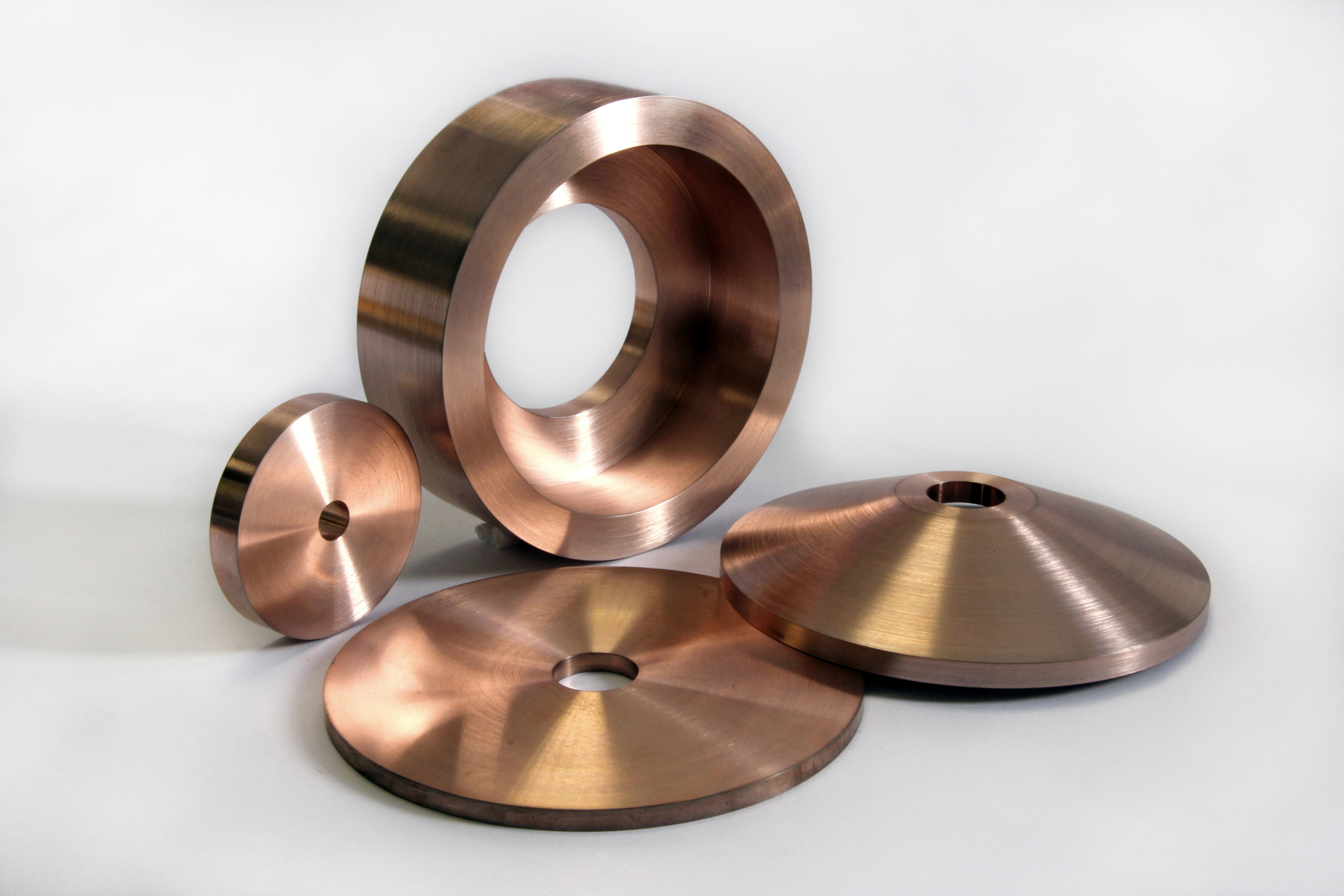
COPPER ELECTRODES / TUNGSTEN FOR WALTER AND VOLLMER
The W / Cu electrode is one of the main "actors" of electro-erosion processing that is sufficiently resistant to discharges, its high thermal conductivity tends to dissipate the heat of the discharges, it can be worked very easily allowing the achievement of extremely fine details with little damage to its surface by the discharges, allowing particularly refined processing.
We supply all electrodes for the erosion of poly-crystalline diamond tools (PCDs) in Vollmer and Walter machines
Electrodes for Vollmer machines:


download the pdf: Elettrodi Rame e Tungsteno su macchine Vollmer
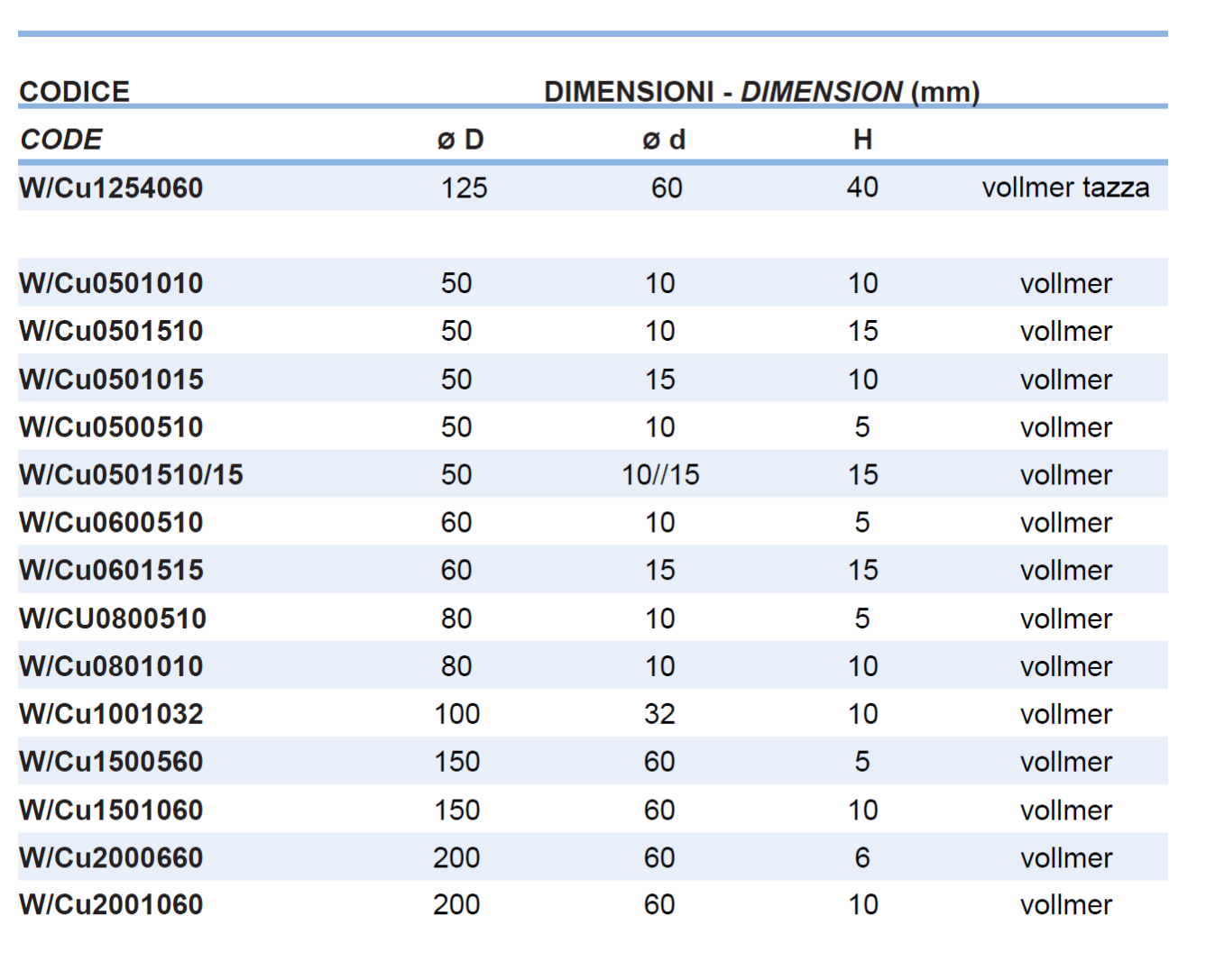
Electrodes fot Walter machines

download the pdf: Elettrodi in rame e tungsteno su macchine Walter

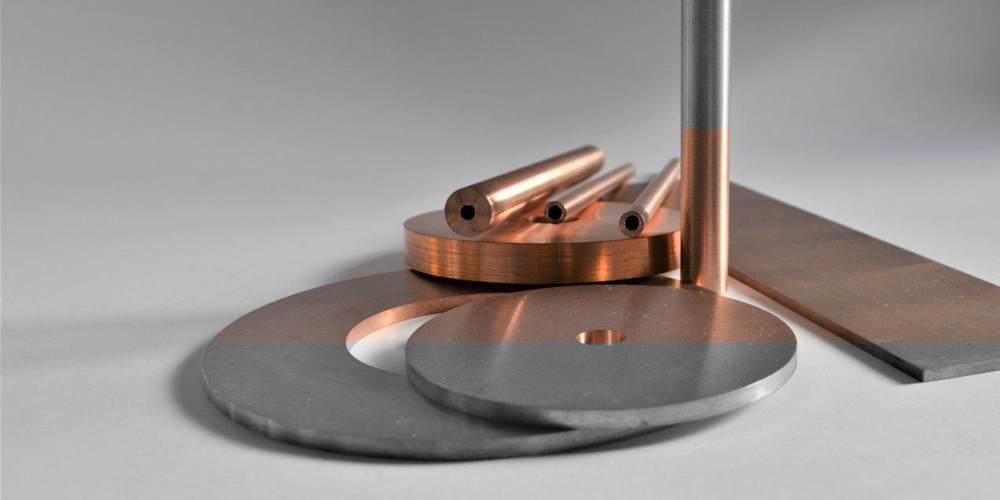
COPPER ELECTRODES / TUNGSTEN FOR EDM
EDM Is a processing technology that uses the erosive power of electric discharges. It can only be used on good conductors which are essentially metals.
Machine tools made to perform this type of machining are called 'electro-erosion machines', or in English EDM (Electrical Discharge Machining).
The main features of electro-erosion machining are:
Possibility of working very hard metals (special steels, high speed steels, hard metals, etc.), or those hardened with thermal or chemical treatments (hardened, carburised, etc.). In fact, the hardness of the material to work slows down the erosion rate with the same energy used, but unlike conventional techniques, it does not require the tool (negative or wire) to have a hardness and mechanical strength greater than the machined material.
It provides the possibility of making cuts and cavities impossible for conventional techniques. The technique uses an electro-chemical and non-mechanical process, in fact, in the absence of rotation, the cutting tool no longer has the constriction to be axially symmetrical. You can get sharp edges, create ribs and cavities with shapes or profiles of great complexity.
Processing speeds lower than other chip removal technologies.
In the "dive" process, the result of the same is the creation of a "negative" shape electrode with respect to the shape of the processing that you want to obtain;
Standard dimensions rods W/Cu (mm)
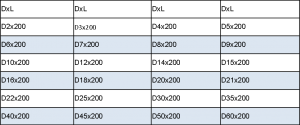
Standard dimensions bars W/Cu (mm)

Compositions and chemical / physical characteristics
